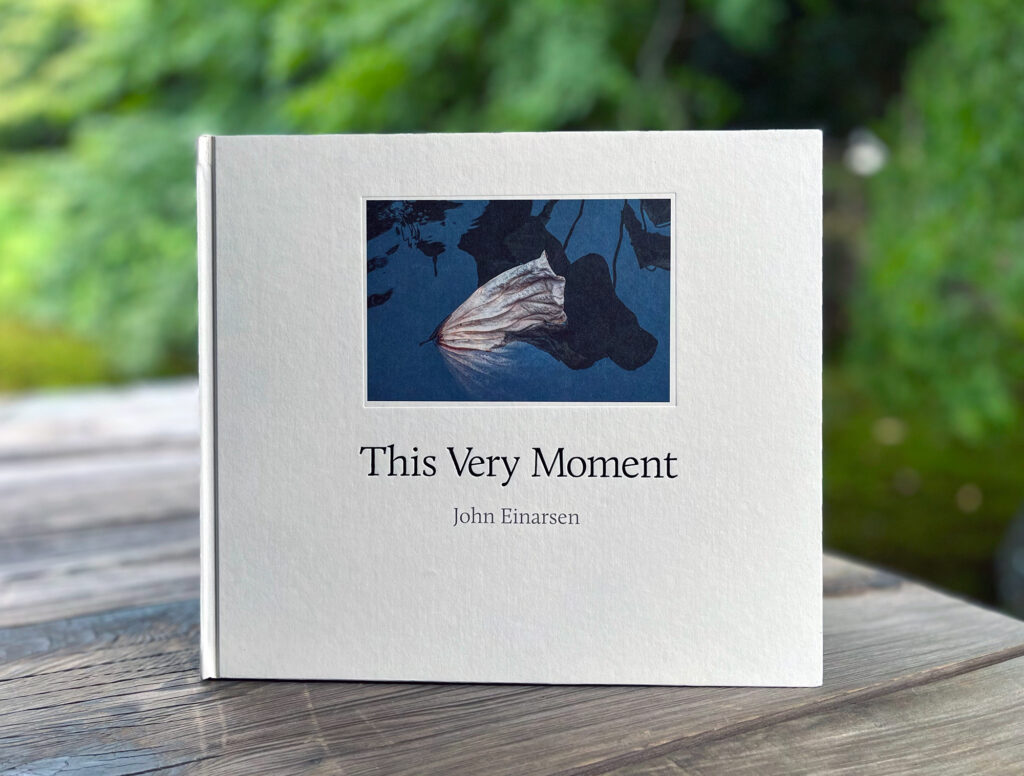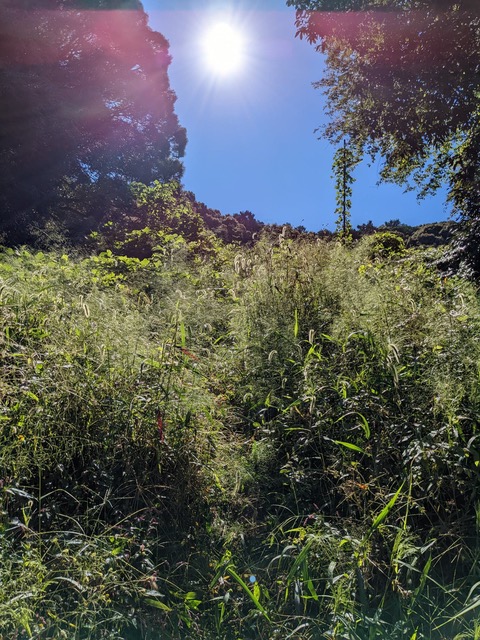Cooler days of autumn have finally come to Kyoto, and the winning entries from our last writing competition have been shared in turn since May. Hopefully our readers have been inspired by these successful “short shorts” of 2022, and we hope to hear from many in our next round. An announcement regarding the WiK Eighth Kyoto Writing Competition (with a 2023 deadline for entries) is planned for next month. To see the full list of winners from this year’s competition, please click here.
Our top winner of 2022, Maria Danuco, was granted the prestigious Kyoto City Mayoral Prize for her piece titled “The Watcher”, which touches on a prevalent topic in recent years — the preservation of traditional structures and the unfortunate trend of replacing history with concrete. Not only is “The Watcher” a fine piece of writing, but it also bears a message worthy of wide readership and consideration. The current generations will inevitably determine the future landscape of Kyoto City, and we welcome and encourage further discussion on this very important topic of cultural and social significance. Therefore, the judges were unanimous in deciding to award Maria our top prize.
Continue reading









Recent Comments